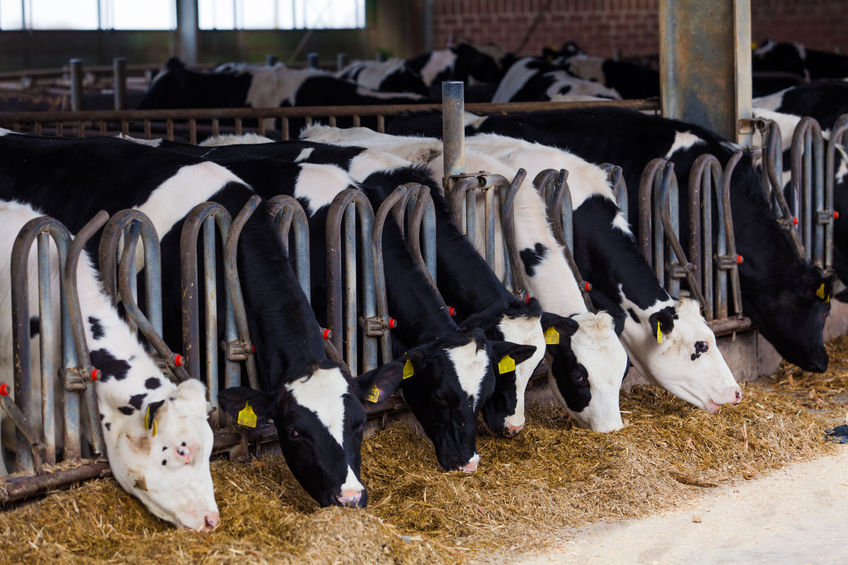
The National Milkminder matched sample for May 2018 shows uncanny consistency between almost all parameters as for the same month in 2017, other than one key aspect.
Data from the UK’s largest agri-food consultancy, Promar explains that the number of heifers and cows calving, as well as culls, were exactly the same for May 2018 as they were for May 2017.
There is also little difference in the total number of cows in the herd and yield per cow in milk per day is level at 27.2 litres, while the average milk price received is just 0.38p per litre higher.
Promar’s National Consultancy Manager, Nigel Davies, said it represents a relative slow down compared to gains achieved in recent months.
However, Mr Davies points out one stand out difference in the May Milkminder figures which merits consideration.
“Average concentrate price per tonne fed in May 2018 was £231 per tonne, compared to £215 per tonne in May 2017,” he explained.
“Irrespective of the understandable stress and challenge presented by the ongoing dry weather during June and July, this parameter alone will focus the attention of producers, especially those who are feeding additional amounts of concentrate as part of their strategy in response to the prolonged dry summer.”
'Questionable'
Mr Davies noted the resultant impact that increased concentrate prices have had on the milk to feed price ratio.
He added: “The May Milkminder sample indicates that the milk to feed price ratio has fallen from 1.26 in May 2017 to 1.19 in May 2018.
“This is down to a level which is well below the average reported over the last five years as demonstrated by the Milk to Feed Price Tracker, and down to a level where in normal circumstances, it’s starts to be questionable how much additional profit is being achieved as a result of feeding more.
“In some individual farm scenarios, this performance parameter will not be the most important or most pressing aspect to consider. For others, while forage shortages continue, feeding some additional concentrate now will be the right thing to do as although it will negatively impact short term margins, it will safeguard longer term profits.
Mr Davies added: “But in a more general sense, the recent trend in the weakening of the ratio makes sustaining a growth in margins more challenging for all, even after we get back to normal rainfall patterns and forage stocks.”
